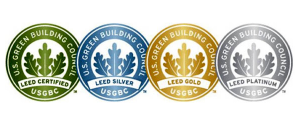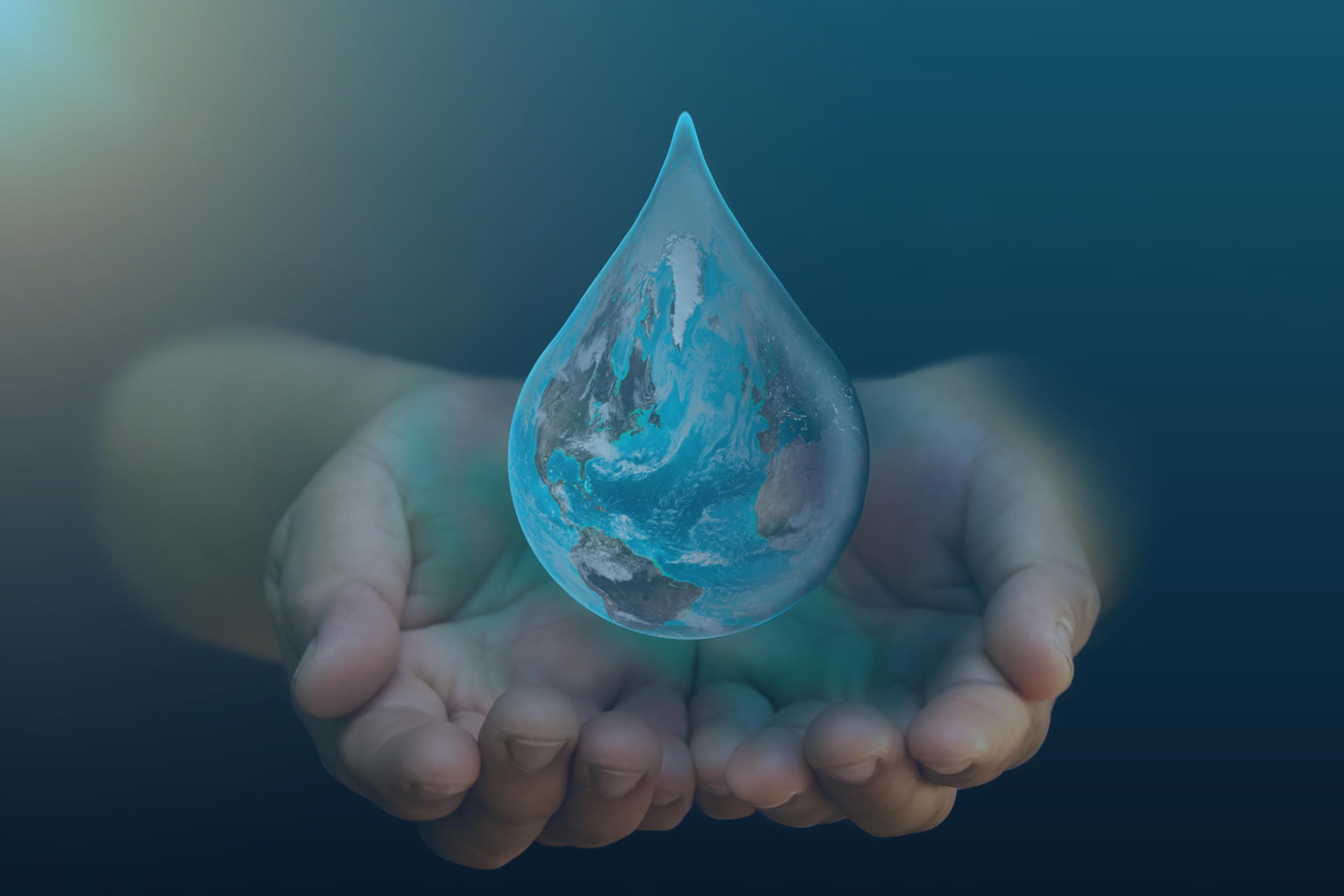Water Harvesting &
Leed V4™ Certification
Water Harvesting And LEED V4™ Certification

Let Wahaso help you earn LEED V4.1points on your green building project! Many building owners interested in water harvesting are also considering LEED certification for their project. As a U.S. Green Building Council member, Wahaso is a strong advocate of green building practices and can support clients striving to achieve green building certification for their project.
Under LEED V4.1, projects can earn up to 15 LEED points for water conservation efforts alone. Wahaso can work with you to identify all possible on-site water sources and uses, and can then design a unique harvesting system to help you earn the maximum amount of LEED points for conservation efforts.
Contact us today for a free consultation.
About LEED
LEED was initially created by the U.S. Green Building Council (USGBC) to establish a common measurement to define “green building.” It has since grown into a program aimed at raising awareness of and promoting integrated “green” building projects.
How is water harvesting important in a green building? Water harvesting touches on many of the principles embodied in LEED certification. These include:
- Conserving water
- Reducing energy consumption
- Reducing the depletion of natural resources and materials
- Creating a sustainable site
- Use of innovative design
Projects seeking LEED certification earn points across nine categories addressing sustainability issues, such as sustainable sites and water efficiency. Depending on the number of points earned, projects are awarded one of four levels of LEED certification: Certified, Silver, Gold, and Platinum.
LEED-certified buildings
On average, LEED-certified buildings use 30% less water than conventional buildings which translates to about 1-3 million gallons of water saved per year. Reducing the amount of water that needs to be treated by municipal wastewater treatment facilities also reduces pumping and process energy required to these systems.
LEED certification promotes on-site storage and use of rainwater and greywater through water harvesting to lower water consumption cost, as it reduces the impact on storm drainage and municipal treatment systems. Water harvesting efforts can earn a significant number of LEED points across several categories.

LEED V4.1 Points For Water Conservation
CREDIT 1: OUTDOOR WATER USE REDUCTION (Up to 2 POINTS)
- Option 1: No irrigation required. Show that the landscape does not require a permanent irrigation system beyond a maximum two-year establishment period.
- Option 2: Reduced irrigation. Reduce the project’s landscape water requirement by at least 30% from the calculated baseline for the site’s peaking watering month.
CREDIT 2: INDOOR WATER USE REDUCTION (Up to 6 POINTS)
- Earn 1 point for a 25% reduction in indoor water usage, 2 points for a 30% reduction, 3 points for 35%, etc., all the way up to 6 points for a 50% reduction.
CREDIT 3: COOLING TOWER WATER USE (Up to 3 POINTS)
- For 1-point, maximum number of cycles achieved without exceeding any maximum concentration levels or affecting operation of condenser water system.
- For 2 points, meet the maximum calculated number of cycles to earn 1 point, and increase the number of cycles by a minimum of 25% by increasing the level of treatment and/or maintenance in condenser or make-up water systems, OR meet the maximum calculated number of cycles to earn 1 point and use a minimum 20% recycled non-potable water.
- Meet the maximum calculated number of cycles to earn 1 point and increase the number of cycles by a minimum of 30% by increasing the level of treatment and/or maintenance in condenser or make-up water systems OR meet the maximum calculated number of cycles to earn 1 point and use a minimum 30% recycled non-potable water.
CREDIT 4: WATER METERING (1 POINT)
- Install permanent water meters for two or more of the following water subsystems, as applicable to the project:
- Irrigation. Meter water systems serving at least 80% of the irrigated landscaped area. Calculate the percentage of irrigated landscape area served as the total metered irrigated landscape area divided by the total irrigated landscape area.
- Indoor plumbing fixtures and fittings. Meter water systems serving at least 80% of the indoor fixtures and fitting described in WE Prerequisite Indoor Water Use Reduction, either directly or by deducting all other measured water use from the measured total water consumption of the building and grounds.
- Domestic hot water. Meter water use of at least 80% of the installed domestic hot water heating capacity (including both tanks and on-demand heaters).
- Boiler with aggregate projected annual water use of 100,000 gallons (378 500 liters) or more, or boiler of more than 500,000 BtuH (150 kW). A single makeup meter may record flows for multiple boilers.
- Reclaimed water. Meter reclaimed water, regardless of rate. A reclaimed water system with a makeup water connection must also be metered so that the true reclaimed water component can be determined.
- Other process water. Meter at least 80% of expected daily water consumption for process end uses, such as humidification systems, dishwashers, clothes washers, pools, and other subsystems using process water
- Reduce runoff volume and improve water quality by replicating the natural hydrology and water balance of the site, based on historical conditions and undeveloped ecosystems in the region, one of two ways.
- Retain on site the runoff from the associated percentile of regional or local rainfall events. The percentile event volume must be retained using low-impact development (LID)/green infrastructure (GI) practices. GI and LID strategies can be either structural or non-structural.
1- point for 80th Percentile
2 points for 85th Percentile
3 points for 90th Percentile
Search tags: leed certification, What is leed certification, leed certification levels, leed certification requirements
Since 2004
Wahaso Mission
Our mission at Wahaso is to help municipalities and commercial property owners reduce the impact of their buildings on the environment through innovative and sustainable water practices.

